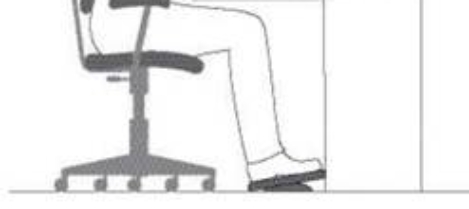April 23, 2015
Is it now time to take a stand on sitting in the workplace? 0
 The search for wellbeing is taking over the workplace as companies look to attract and retain the very best talent. Bosting health, happiness and productivity in the office environment is now paramount to counter potential negative health effects and growing discontent from office workers. A key factor in this topic is the ill-effects caused by workers spending the vast majority of their day sitting inactive at their desks. Workers are now taking a stand in the office and companies are being forced to act. Recent research carried out by the American College of Cardiology reported that an office design that makes people sit at their desk or meeting room for hours every day is equally as bad as putting a cigarette in their hand; leaving them at raised risk of cancer, heart disease and diabetes.
The search for wellbeing is taking over the workplace as companies look to attract and retain the very best talent. Bosting health, happiness and productivity in the office environment is now paramount to counter potential negative health effects and growing discontent from office workers. A key factor in this topic is the ill-effects caused by workers spending the vast majority of their day sitting inactive at their desks. Workers are now taking a stand in the office and companies are being forced to act. Recent research carried out by the American College of Cardiology reported that an office design that makes people sit at their desk or meeting room for hours every day is equally as bad as putting a cigarette in their hand; leaving them at raised risk of cancer, heart disease and diabetes.



























April 28, 2015
Why it’s time for more companies to roll the dice for gamification 0
by Maciej Markowski • Case studies, Comment, Workplace
(more…)